People often ask if it’s possible to get cancer from microwaving plastic. You may have also wondered about all the plastic products in your kitchen—is the plastic leaching into your food and harming you and your family? Is plastic really bad for you?
Plastic is everywhere. The environmental ramifications of our liberal use of plastic have started to gain international attention, and so many people are taking huge steps to use less plastic—especially single-use plastic.
You may also have heard the other side of the story: plastic might be bad for your health.
Because plastics are made from a variety of chemical cocktails. Do we know what is in them? Is the plastic leaching chemicals into food items? Could the plastics that we use every day be impacting our health?
The answer, unfortunately, is pretty clear.
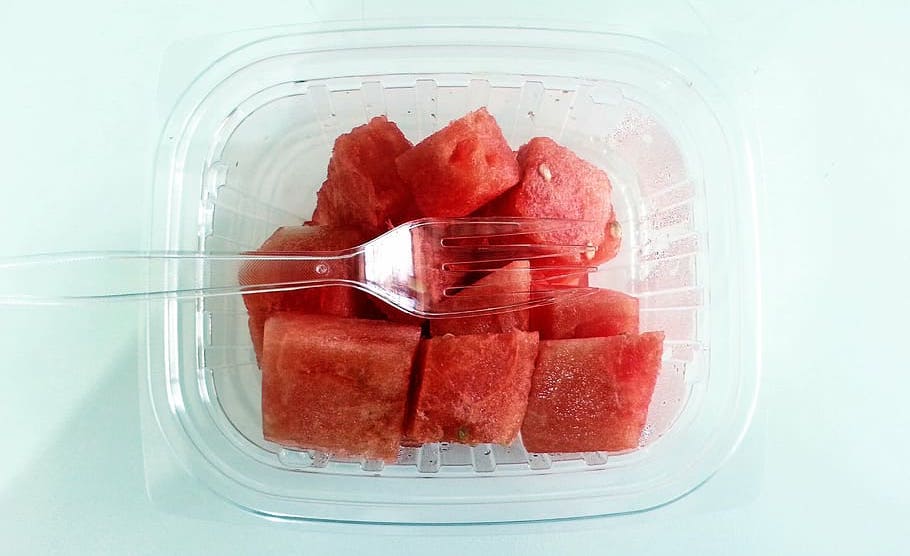
Is Plastic Really Bad For You?
Like many other people, you’ve probably wondered: is plastic bad for you?Straight answer: yes. A wide variety of industry studies have repeatedly demonstrated that plastic dishes, packaging, and food storage containers leach dangerous chemicals into food. Consumption of those chemicals has been linked to reproductive, behavioral, neurological, and immune system complications, as well as different types of cancers.
One study, by Environmental Health Perspectives (EHP), tested more than 500 plastic consumer items—from toys and baby bottles, to housewares and food containers—available from common retailers. That study found that almost every item leached reliably detectable levels of these chemicals.
Those products that did not initially leach disruptive chemicals, did so after being exposed to normal environmental stressors such as sunlight, microwaves, or dishwashers. Products that did release chemicals after initial testing, did so “more readily” after being stressed.
So can you put plastic in the microwave?
No. Microwaving plastic bowls breaks down chemicals in the plastic and increases the level of toxicity released into foods—even those items labeled “BPA-free” or “microwave safe.” There is no such thing as a microwave-safe plastic dish.
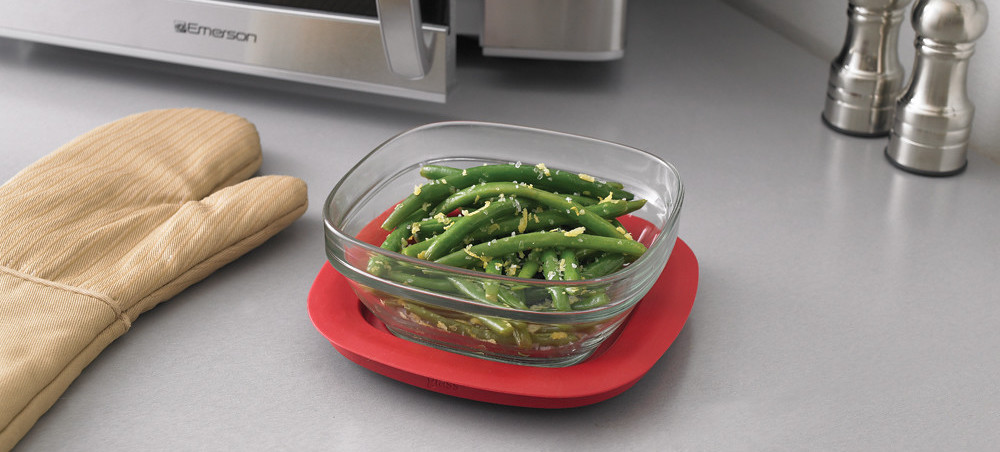
The most well-known chemical danger in plastic is BPA. BPA was originally created in the 1890s and its capabilities as a hormone drug were discovered in the 1930s. In the 1950s manufacturers started using it in plastic products. Recently, you’ve probably seen more and more plastic products advertised as “BPA-free,” but why? And does it really matter?
Are you a local business owner in search of ways to protect your customers and community? Check out Bonnie Bio: restaurant-quality to-go cups, single-use utensils, food take-out containers, straws, single-use gloves, and more, made from renewable, compostable, stronger-than-plastic corn products!
Why is BPA Bad?
BPA is bad for people—especially babies and small children—because it disrupts normal hormone processes, most commonly estrogen receptors and those connected to the thyroid. Studies have connected BPA to infertility, physical and emotional disabilities in small children, diabetes, heart disease, obesity, and more.
BPA is one of a family of chemicals called endocrine disruptors, which interfere with various glands in the endocrine system. Because it most notably affects estrogen, BPA is also considered an “estrogenic activity (EA) chemical” or “chemical having EA.”
Studies have linked BPA to:
- Breast cancer – As an EA chemical, BPA “can make hormone-receptor-positive breast cancer develop and grow.”
- Miscarriage – “Exposure to bisphenol A is associated with recurrent miscarriage.”
- Female infertility – Higher concentrations of BPA in women result in fewer reproductive cells (oocytes) and lower levels of the (natural) female reproductive hormone oestradiol.
- Male infertility – “Male BPA exposure may affect embryo quality during IVF.”
- Low sperm count – “[Men] with detectable urine BPA had more than three times the risk of lowered sperm concentration and lower sperm vitality, more than four times the risk of lower sperm count, and more than twice the risk of lower sperm motility.”
- Altered male fetal development – “… parental occupational exposure to BPA during pregnancy was associated with shortened AGD (anogenital distance) in male offspring.”
- Behavioral issues in small children – Boys with higher prenatal rates of exposure to BPA had more problems with emotionally reactive and aggressive behavior, as well as other behavioral issues.
- Hypertension – Researchers “observed a positive association between increasing levels of urinary BPA and hypertension independent of … traditional risk factors” such as age, BMI, smoking, etc.
- Diabetes – Researchers “observed a positive association between increasing levels of … BPA and diabetes mellitus, independent of confounding factors.”
- Obesity in children, teens, and adults – Individuals, regardless of age, with the highest levels of BPA also had “the highest prevalence of generalized obesity, abdominal obesity, and insulin resistance.”
- Childhood asthma – “BPA concentrations at ages 3, 5, and 7 years were associated with asthma.”
- Weakened immune responses – “Bisphenol-A affects immunity through a variety of intracellular receptors.”
- Thyroid disruption – “Higher occupational BPA exposure … may be associated with thyroid hormone disruption.”
- Compromised brain function – “We examined the influence of BPA … at a daily dose equal to the current U.S. Environmental Protection Agency’s reference safe daily limit … in the hippocampus and prefrontal cortex of a nonhuman primate model. Our data indicate that even at this relatively low exposure level, BPA completely abolishes the synaptogenic response to estradiol. … the ability of BPA to interfere with spine synapse formation has profound implications. This study is the first to demonstrate an adverse effect of BPA on the brain in a nonhuman primate model and further amplifies concerns about the widespread use of BPA in medical equipment, and in food preparation and storage.”
Studies have also raised concerns about BPA’s influence in the development of ovarian and prostate cancer, but more research is needed.
In fairness, it bears noting that the FDA’s reports do not demonstrate the same dangerous side effects of BPA. The agency maintains that the levels of BPA currently allowed in plastic consumer products are safe.
Yet another report, however, compared independently funded BPA studies to industry-funded studies. That report reviewed more than 100 independent studies that cited some sort of negative health implication at, or even below, the FDA’s permissible levels of BPA. These were compared, “to the 11 published studies that were funded by the chemical industry, 100% of which conclude that BPA causes no significant effects.”
BPA-free plastic: Is it safe?
Healthcare professionals, researchers, and consumers have been calling manufacturers to account over BPA for years, and it started to work. Many plastics manufacturers have made changes to their products and now proudly label their goods, “BPA-free!”
But is BPA-free plastic safe?
Not really. Remember, BPA is just one example of an endocrine disruptor. There are others. The previously cited EHP study of 500+ consumer plastics included items labeled “BPA-free,” and they all leached other EA chemicals.
Because the easiest way for many manufacturers to earn the “BPA-free” labels is to simply swap out bisphenol A for another chemical that creates the same flexibility in their plastics, like bisphenol S (BPS) or diphenyl sulfone. The problem is that these BPA substitutes are at least as toxic as BPA, and—in many cases—less studied or scrutinized.
One biologist even discovered BPS in mice that were being kept in BPS-free plastic cages. A chemist determined that the breakdown of the “safe” plastic—caused by everyday wear and normal environmental stressors—was creating BPS and other “BPA-like chemicals” as a byproduct.
Several recent studies have continued to confirm that BPA alternatives are not any safer than BPA itself, and at least one of the EPA’s own reports claims that some BPA alternatives may be more dangerous than BPA.
The team showed that some of the BPA alternatives were actually more potent than BPA itself in activating the estrogen receptor. These findings highlight the need for testing of replacement chemicals prior to their introduction into commerce to demonstrate that they are safer than the chemical being replaced.
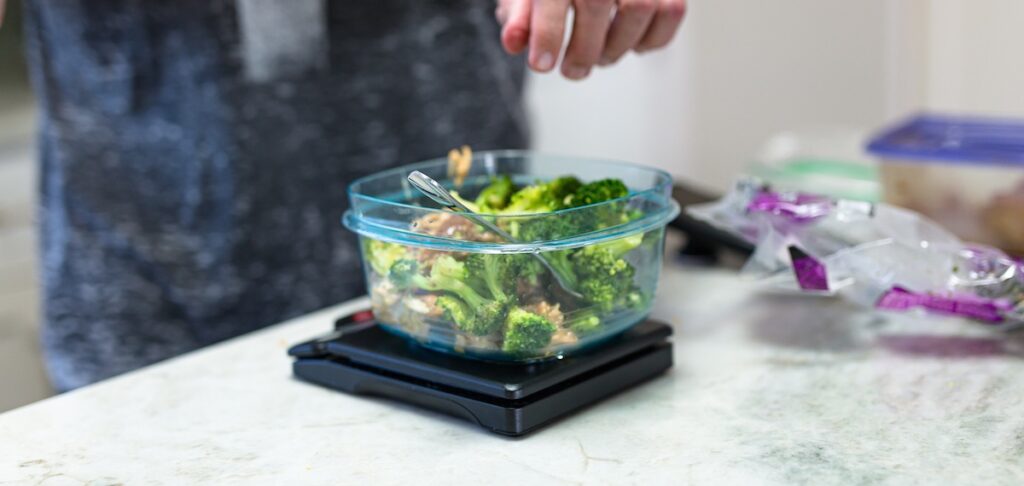
Phthalates: Another Class of Endocrine Disruptors
Phthalates are another family of harmful chemicals commonly found in plastic—and scores of other consumer goods. Phthalates make plastics soft and flexible, but they also serve as chemical binding agents. That’s why they are commonly found in cosmetics, adhesives, detergents, and personal care products, in addition to plastic food processing and storage equipment.
It’s no surprise, then, that exposure in the U.S. is widespread. The CDC’s own studies report, “measurable levels of many phthalate metabolites in the general population.”
Specific side effects and health complications caused by phthalates are hard to pin down, and to verify, because:
- “Phthalates” is a broad category that includes dozens of different chemicals. They’re similar, but not identical, so each one has to be tested.
- Testing on the impact of phthalates only started in earnest in 2003.
Since the study of phthalates has started to accelerate, individual studies have already linked phthalate exposure to:
- Asthma
- ADHD
- Childhood obesity
- Diabetes
- Lower IQ in young children, with early exposure
- Infertility
- Altered reproductive development
- Low birth weight
Phthalates are especially challenging to avoid because they are in such a wide variety of consumer goods, but also because:
- Manufacturers are not required to announce their presence. You won’t find “phthalates,” DEHP, BBP, or any of the dozens of other acronyms on an ingredients list.
- Even when they’re not present in the item you buy off a shelf, they may have been present in the manufacturing of that product. Milk is a good example. You can purchase milk in glass bottles, but the commercial dairy industry uses plastic tubes in the production process. Many phthalates are fat soluble and milk is full of lipids, which means it easily pulls the phthalates out of any plastic it touches.
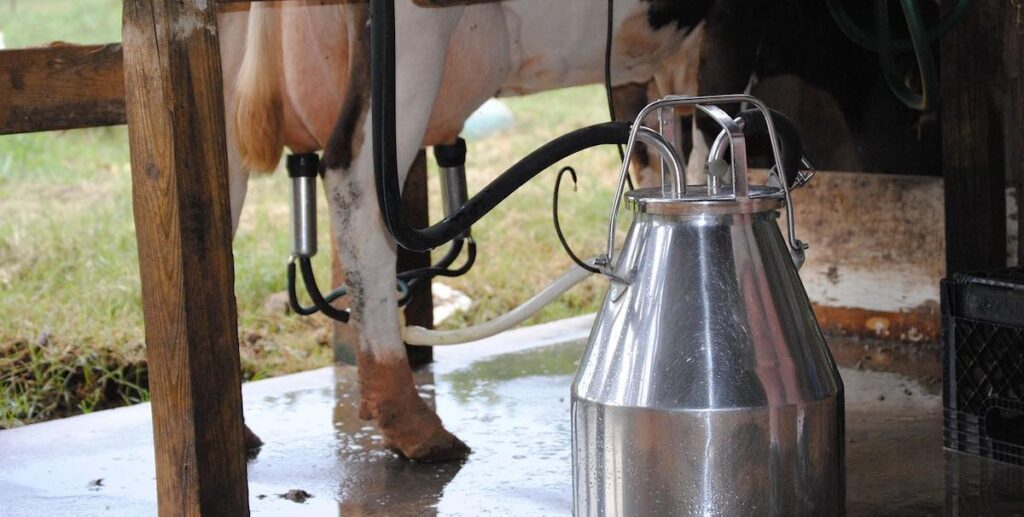
How to Limit Exposure to BPA, Phthalates, and Other Endocrine Disruptors
The simplest way to limit your exposure to endocrine disruptors is to avoid plastic products as much as possible. Completely avoiding phthalates would also mean avoiding meat and dairy products, and researching your cosmetics and personal care products to make sure they’re phthalate-free.
It’s simple, but, of course, it isn’t easy.
Look around your kitchen, for starters. You probably never noticed how much plastic you use: cooking utensils, food storage, plastic wrap, single-use bottle and plastic jars, etc. (And there are other non-plastic items that leach the same chemicals, like non-stick cookware and the lining inside of cans.)
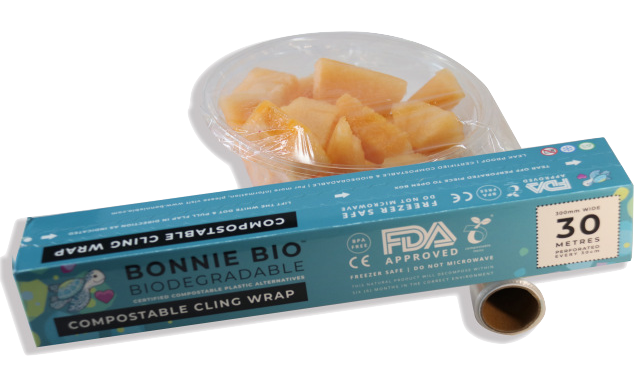
I’ve been on the journey of purging plastic from my house for years, and the best advice I can give you is to take it one step at a time. Be intentional, but don’t lose your sanity over it.
- Get rid of all the reusable plastic food storage items. Not only are they plastic, but they’ve probably been exposed to sunlight, high temps in a dishwasher, and scrapes and cuts from utensils. Recycle them if you can, or find a new life for them in sorting bolts in the garage or beads in a craft bin. There are a lot of glass food storage container options on the market.
- Replace plastic cooking and eating utensils with metal or bamboo. The plastic spoons so many people use to cook, for example, have been repeatedly stressed through heat and scratches, and come in direct contact with lots of food.
- Replace plastic cups and dishes with metal or glass. This is a little more difficult with kids cups and dishes, but there are options, and—as kids are especially vulnerable to phthalates and EA chemicals—it’s worth it.
- Start buying groceries in glass jars. When you’re choosing olive oil, sauces, syrup, etc., start tapping or squeezing the jars and bottles on the grocery store shelves to find ones that are being stored in glass, not plastic.
- Transfer groceries when you get them home. For items that you must buy in plastic, transfer them to another container when you get home. Plastics continue to leach chemicals over time, so you can avoid at least some exposure by removing food from plastic as soon as possible. Cloth bags or beeswax wraps are great options, for example, for storing a loaf of bread.

And if you do have some plastic dishes or food storage items that you’re holding onto, for whatever reason, treat them gently. Hand-wash them in cool water, keep them out of direct sunlight, and no microwaving.
Is Plastic Bad For You: Final Words
There are still debates and discussions, and studies are still being conducted. There are still details coming to light, but enough research has been done that we can say yes, plastic is bad for you. It’s harmful to your health, and your environment.
Start with your most worn out, most used plastic food items, and switch them out for better options as often as you can. Soon, you’ll start seeing plastic and plastic-alternatives everywhere, and making non-plastic decisions will become second nature.
Would you like to learn more about improving your health through great food and nutrition? Check out a great article on boosting your immune system naturally. And for the scoop on resveratrol (the super-nutrient in wine and chocolate) click here: Benefits of Resveratrol: Is it the Secret to Longevity? .
About the Author:

